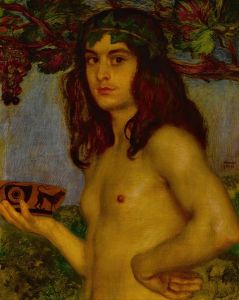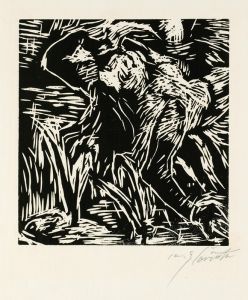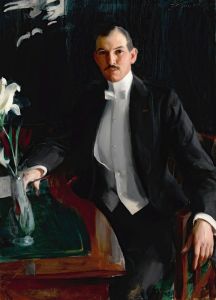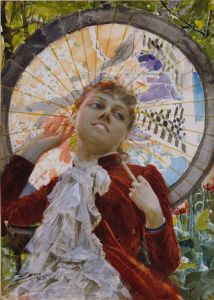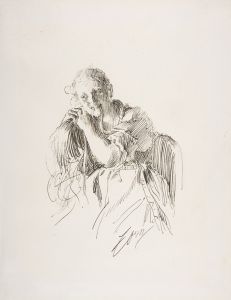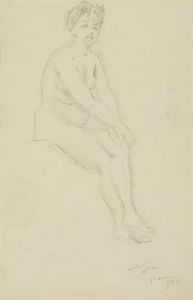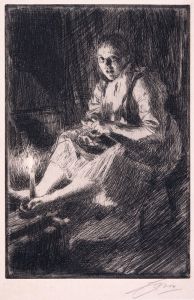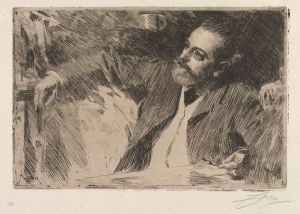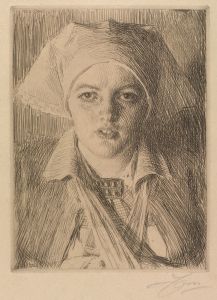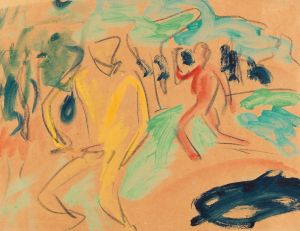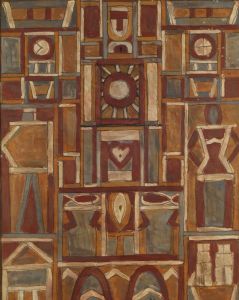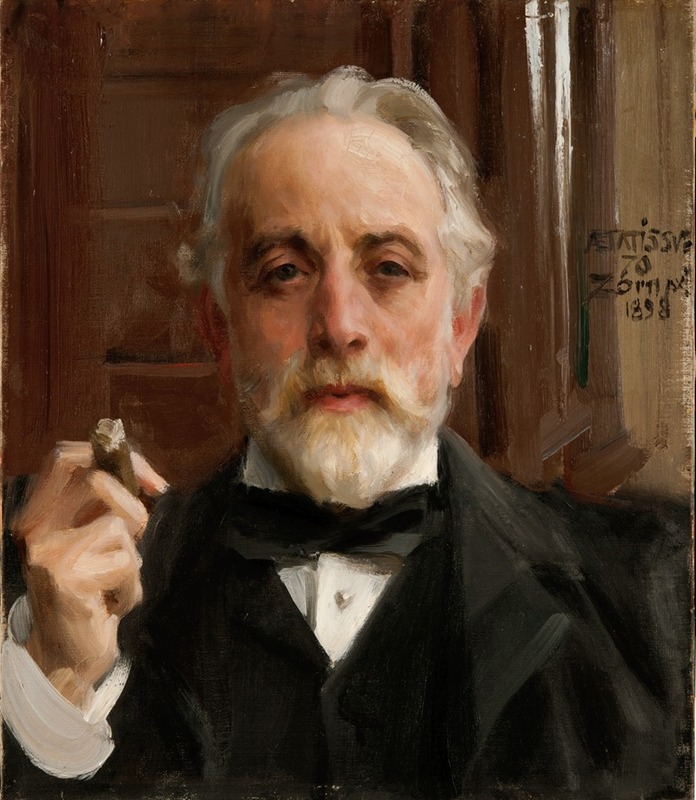
Pontus Fürstenberg
A hand-painted replica of Anders Zorn’s masterpiece Pontus Fürstenberg, meticulously crafted by professional artists to capture the true essence of the original. Each piece is created with museum-quality canvas and rare mineral pigments, carefully painted by experienced artists with delicate brushstrokes and rich, layered colors to perfectly recreate the texture of the original artwork. Unlike machine-printed reproductions, this hand-painted version brings the painting to life, infused with the artist’s emotions and skill in every stroke. Whether for personal collection or home decoration, it instantly elevates the artistic atmosphere of any space.
Pontus Fürstenberg by Anders Zorn is a notable portrait painting created by the renowned Swedish artist Anders Zorn. Zorn, who lived from 1860 to 1920, was one of Sweden's most acclaimed painters, known for his vivid and lively portraits, as well as his mastery of capturing light and texture. The painting depicts Pontus Fürstenberg, a significant figure in the Swedish art world during the late 19th and early 20th centuries.
Pontus Fürstenberg (1827–1902) was a prominent Swedish art collector and patron. Born in Gothenburg, he was a successful businessman who used his wealth to support the arts. Fürstenberg's contributions to the Swedish art scene were substantial, as he amassed a significant collection of contemporary art and supported many artists of his time. His collection later became the foundation of the Gothenburg Museum of Art, which remains one of Sweden's most important art institutions.
The portrait of Pontus Fürstenberg by Anders Zorn is a testament to the relationship between the artist and the patron. Zorn was known for his ability to capture the essence of his subjects, often portraying them with a sense of immediacy and vitality. In this portrait, Zorn likely employed his characteristic loose brushwork and keen eye for detail to convey Fürstenberg's personality and status. The painting exemplifies Zorn's skill in rendering textures and his adept use of light and shadow to create depth and realism.
Anders Zorn was a highly sought-after portraitist during his career, painting many prominent figures across Europe and the United States. His ability to capture the character and presence of his subjects made him a favorite among the elite. Zorn's portraits are often noted for their psychological depth and the way they reflect the social standing of the individuals depicted.
The collaboration between Zorn and Fürstenberg is indicative of the cultural milieu of the time, where art patrons played a crucial role in the careers of artists. Fürstenberg's support of artists like Zorn helped to foster a vibrant art scene in Sweden, encouraging the development of new styles and the exchange of ideas. This relationship between artist and patron was mutually beneficial, as it allowed artists to pursue their creative endeavors while providing patrons with cultural capital and prestige.
The painting of Pontus Fürstenberg by Anders Zorn is not only a portrait of an individual but also a representation of the broader cultural and artistic context of the period. It reflects the interconnectedness of art, commerce, and society in the late 19th and early 20th centuries. Through this work, Zorn captured not just the likeness of a man but also the spirit of an era in which art played a central role in shaping cultural identity.
Today, Anders Zorn's works, including the portrait of Pontus Fürstenberg, continue to be celebrated for their technical brilliance and their ability to convey the complexities of human character. The painting remains an important piece within the context of Swedish art history, highlighting the enduring legacy of both the artist and his patron.





